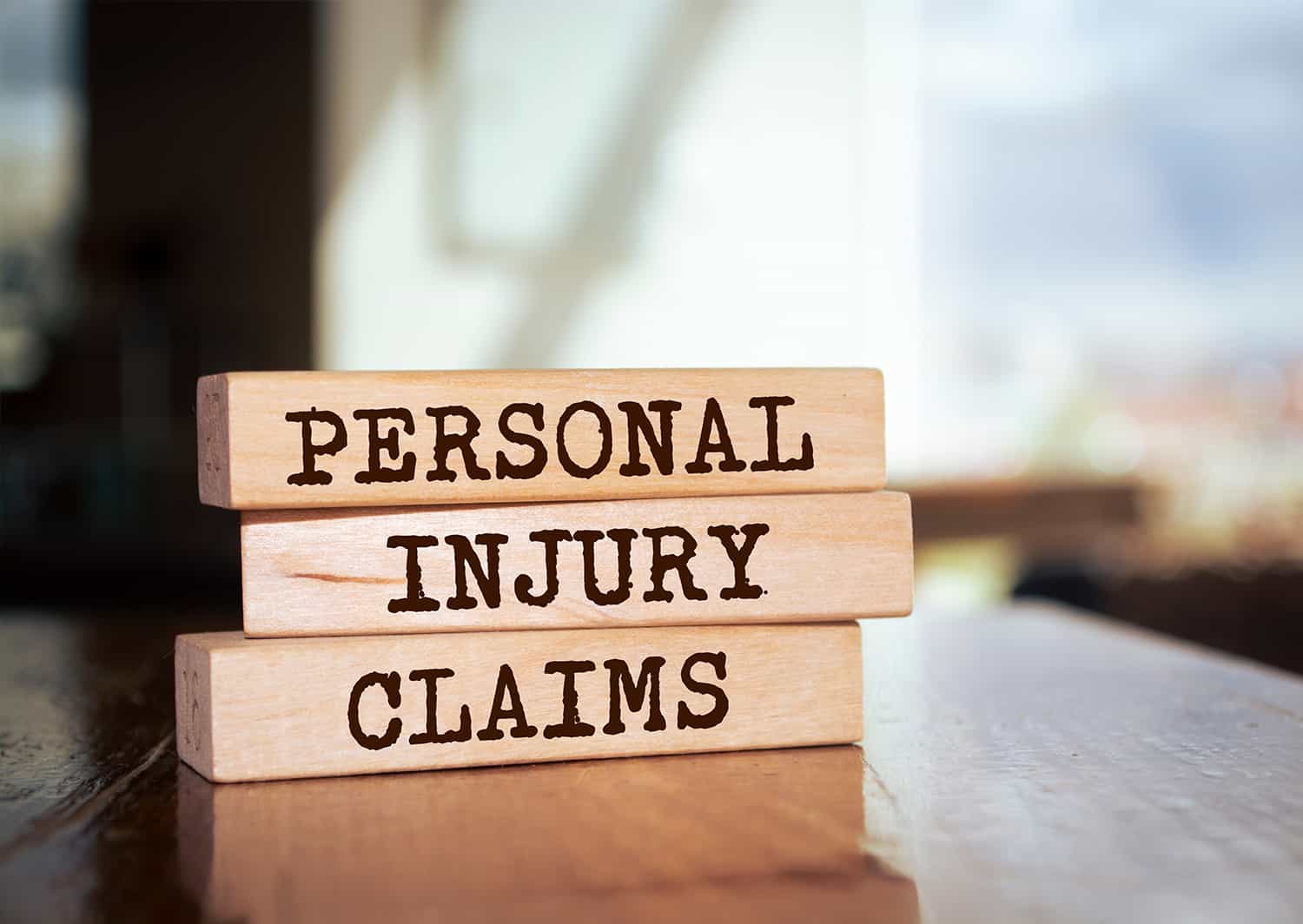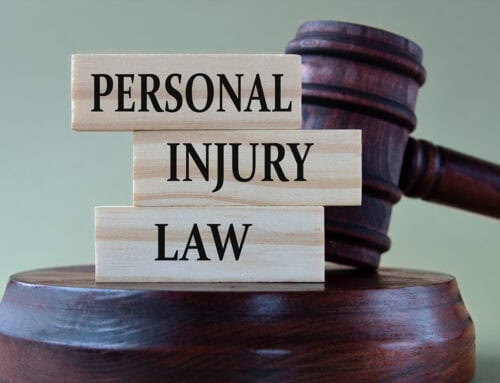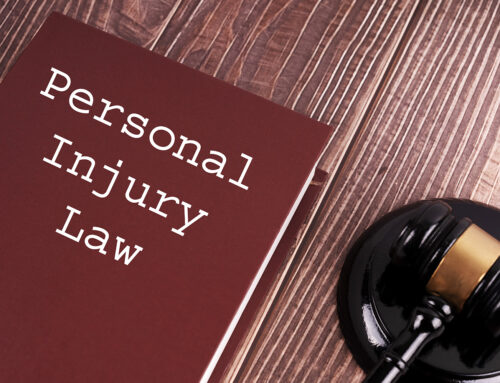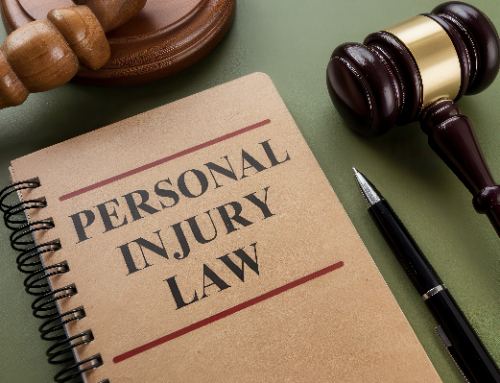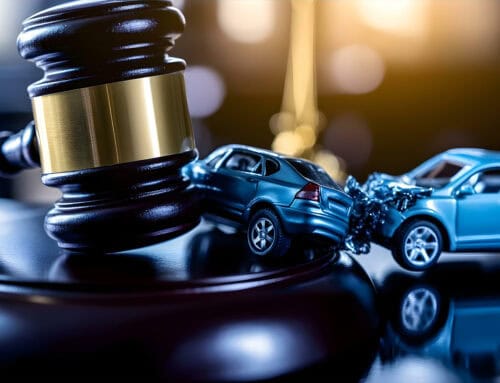The California Personal Injury Claim Process
Sustaining an injury can cause not only physical stress but financial stress as well in the form of hospital bills. When someone makes a personal injury claim, they hope to receive some sort of financial compensation from the person who they claim is at fault for causing their injury. However, the process of filing a claim can be confusing, especially for those without legal training. Here are some things to know about the California personal injury claim process.
What Is a Personal Injury Claim?
A personal injury claim occurs when an injured party believes that another person contributed to them getting hurt, or in other words, was negligent. California law works according to comparative negligence, which means that courts take into account the fault of both parties named in the lawsuit and adjust the amount awarded to the plaintiff accordingly. The higher the percentage that the plaintiff is at fault for their own injury, the lower the amount of money they will receive at the end of the trial.
Injuries resulting from motor vehicle accidents are some of the most common reasons for filing a personal injury claim. Someone can sue, for example, because another person rear-ended them while texting on their smartphone, causing neck injuries due to whiplash.
What Should Someone Do Before Filing a Claim?
It can be difficult to think clearly after an injury, especially one that happened suddenly and was not expected, as is the case with most car accidents. However, there are a few things that people should do before filing a claim. Keep in mind that many of these, such as getting medical care, are smart to do even if someone is not yet sure whether or not they want to file a personal injury claim.
Alert the Appropriate Authorities
In many cases after an injury, the injured party will want to file a report with the authorities. For example, if they get into a hit-and-run accident in an intersection, the police might want to investigate and try to find the person who unlawfully left the scene of the wreck. Even if nobody gets into trouble at the time, it is important to have documentation of the accident if the injured person decides to file a personal injury claim in the future.
Seek Medical Care
Like having a police report, it is imperative that the injured person have medical records pertaining to their injury prior to filing a personal injury claim. Some types of injuries are invisible, which means that they are not noticeable or apparent right away. This can be the case with whiplash and traumatic brain injuries.
Be Careful of What They Say
People recently injured in an incident should be careful of the words they use when discussing what happened. If someone says they feel okay or fine, for instance, the other party can use that against them later as evidence that their injury is not serious and they should not receive the compensation they are requesting.
Keeping organized records and being mindful of their words are important items to note if someone might end up filing a claim.
What Happens Once Someone Decides To File?
Once someone is sure that they have a case, there are further steps to take that are more directly related to the claims process.
The Plaintiff Sends a Demand Letter
One of the first things the injured party should do is send a demand letter to either the defendant or their insurer. The demand letter contains items such as:
- The plaintiff’s medical diagnoses and the extent of their injuries
- The amount of money requested by the plaintiff
- Reasons why the plaintiff believes the defendant caused their injuries
While the defendant does not have to respond to the letter, sometimes they will and this helps to speed the claims process along. For example, the recipient may begin negotiations as a response to the demand letter.
The Plaintiff Files a Formal Complaint
Once they send the demand letter, the plaintiff files a formal complaint with all of their evidence for review. The process of reviewing this evidence is often referred to as discovery. In California, people need to file their complaints within two years after their injury occurs. The defendant also needs to respond within a set amount of time. Then, more negotiations take place and the two parties may reach a settlement without going to trial.
All Parties Go to Trial
If the parties do not reach a settlement via the above step, they will head to trial to have the court decide their fate. However, most parties obtain their settlements prior to having to do this.
What Should Someone Do if They Have a Case?
If someone believes they have a case to file a personal injury claim, contact us at the Law Offices of Brent D. George as soon as possible for a free consultation.
Disclaimer: This article is intended for informational purposes only and does not constitute legal advice. For personalized assistance, please contact our office at (805)494-8400.

